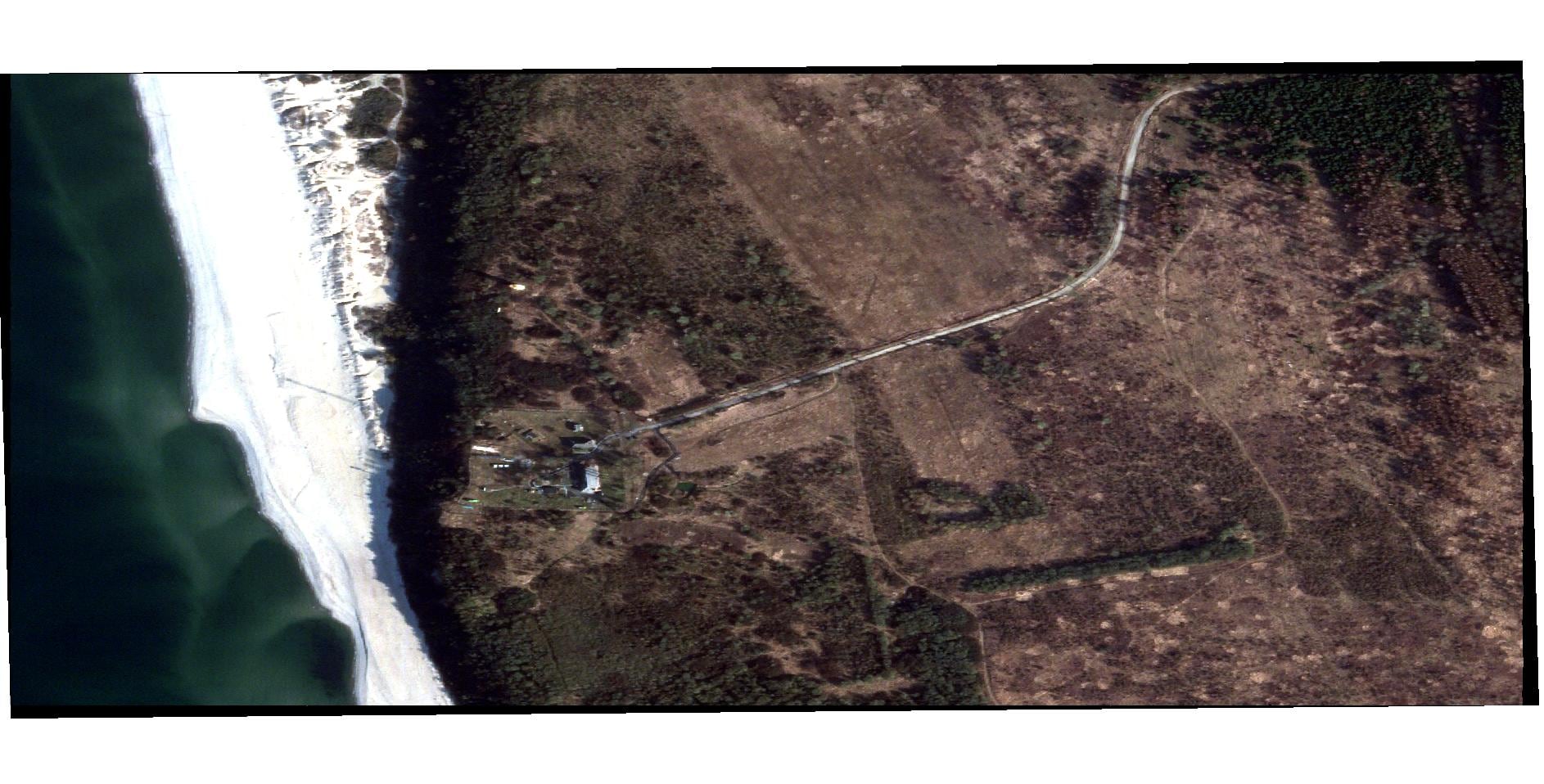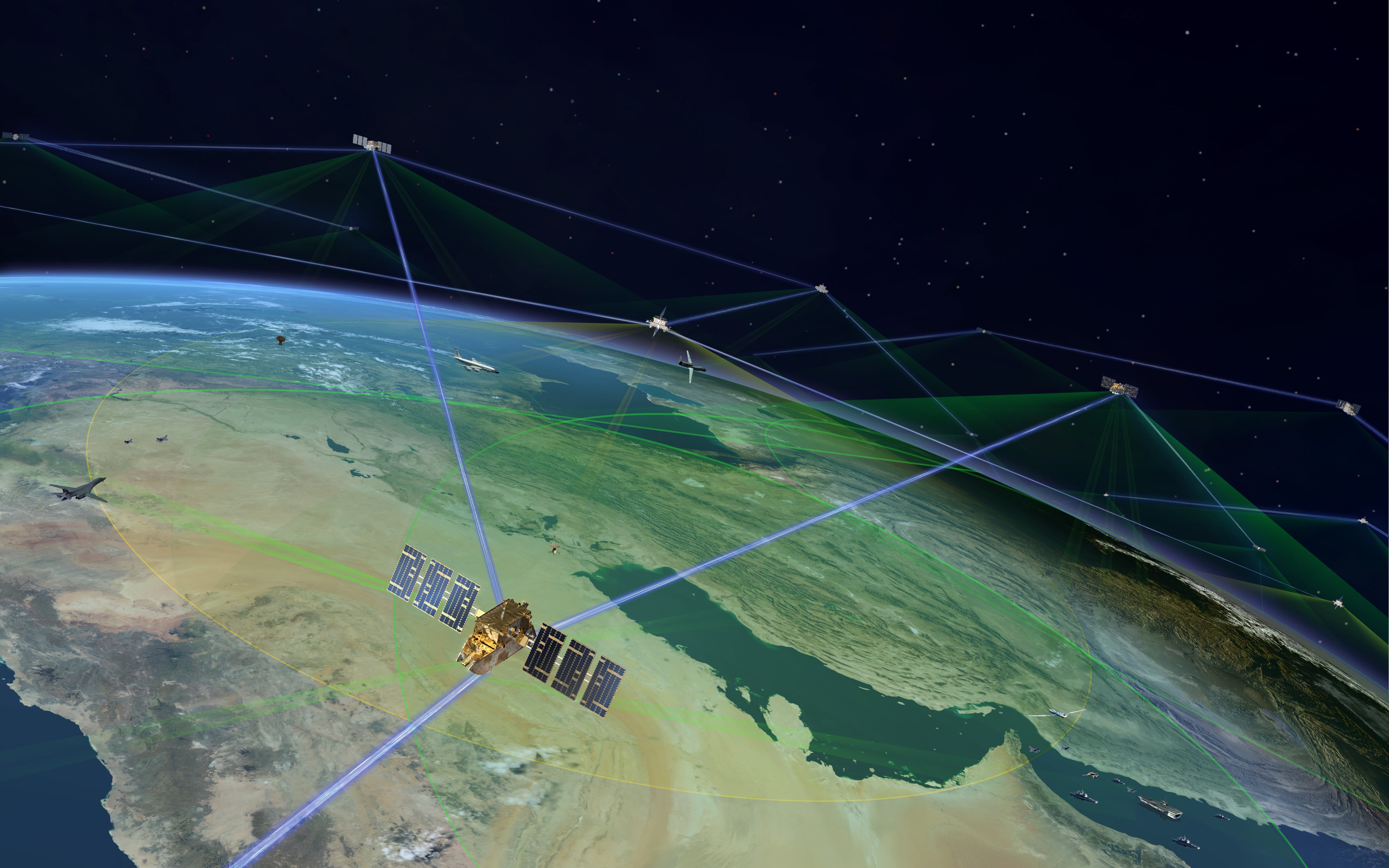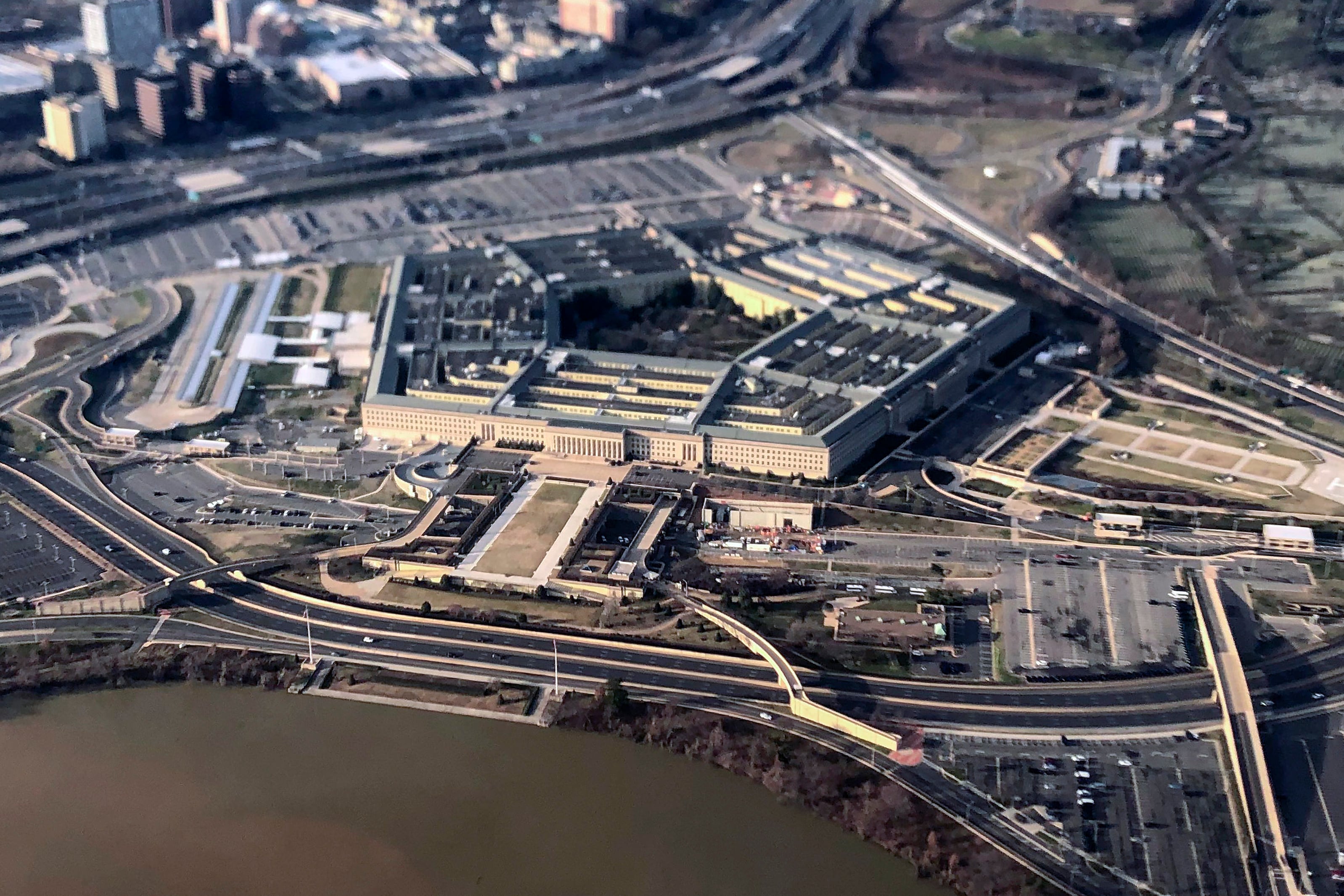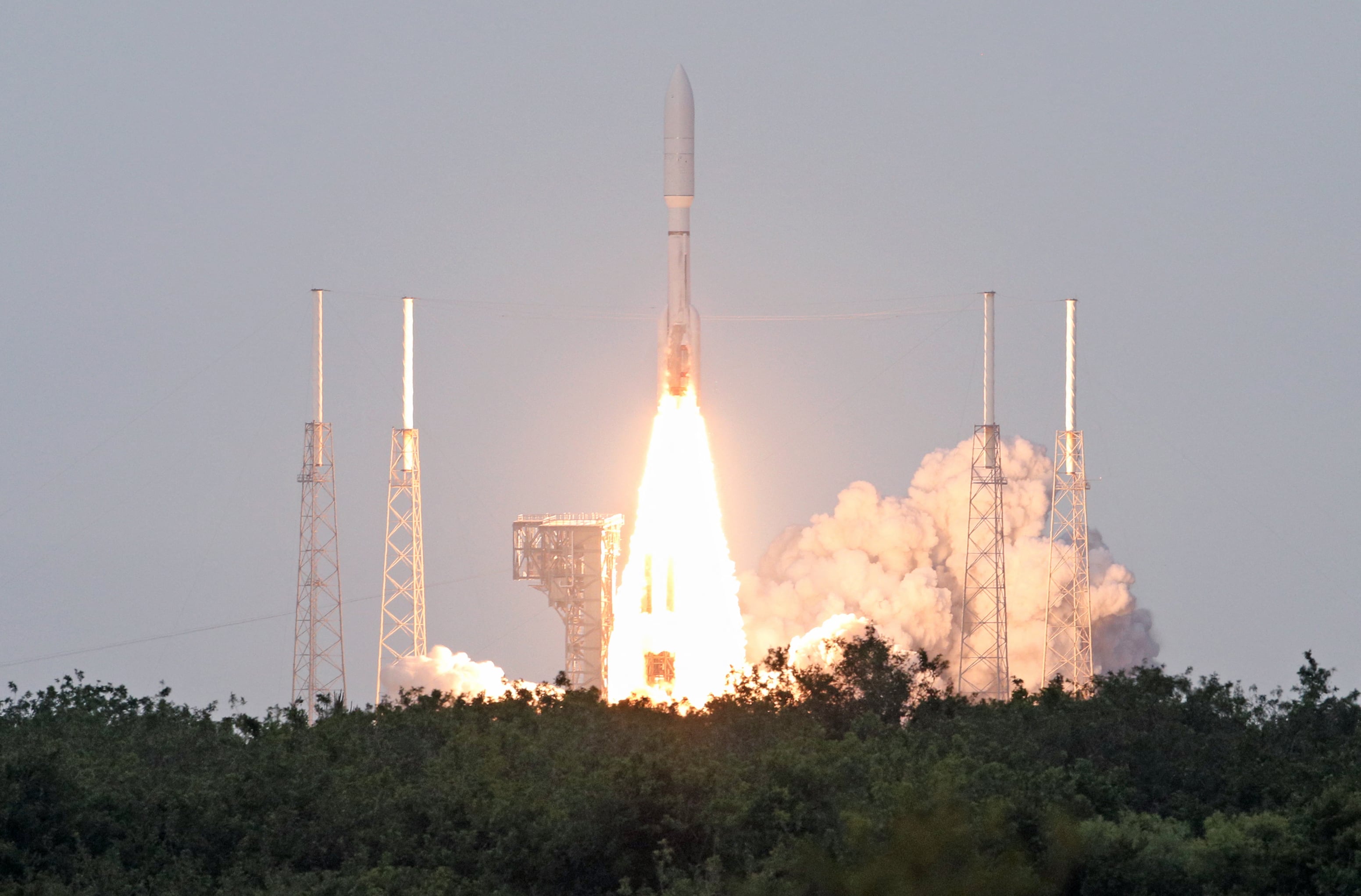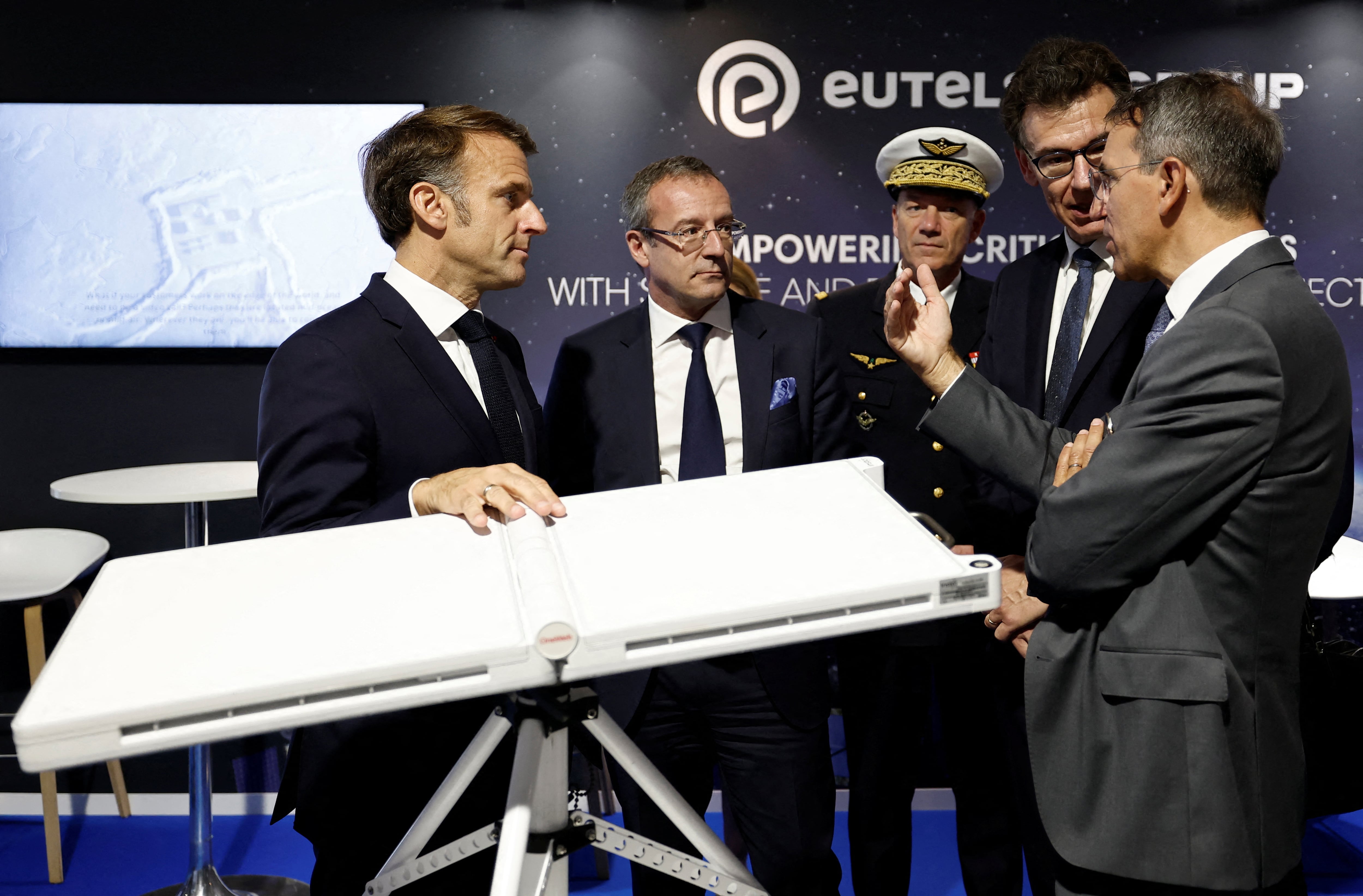Col. Donald Hurst, project manager of Defense Department Biometrics in the Program Executive Office for Intelligence, Electronic Warfare and Sensors (PEO IEW&S), is taking biometrics to a new level. C4ISRNET contributing writer Adam Stone recently spoke with Hurst about the Army biometric effort's recent migration from Program Executive Office for Enterprise Information Systems (PEO-EIS) to PEO IEW&S, and how it's evolving from a quick reaction capability (QRC) to a program of record. These changes mark a watershed moment for biometrics.
C4ISRNET: What are the present tools of biometrics?
Hurst: Biometrics is the automated means of verifying an individual based on physical or behavioral characteristics. The modalities that we are focused on are fingerprint, latent fingerprint, facial recognition, iris recognition. As we continue to evolve the capability we are looking to incorporate emerging modalities like vascular patterns, voice, hand geometry, DNA.
Our portfolio includes the collection devices — the Biometric Automated Toolset-Army, or BAT-A — and the DoD enabling capability [DoD Automated Biometrics Identification System (DoD ABIS)], which is the authoritative repository and the analytic tool for this data.
C4ISRNET: Who are your major users?
Hurst: Our customer base is Army-wide; it is DoD-wide. We support every [combatant command] out there. That includes interagency: We have some foreign partners that we share data with, especially with refugee flows and the counterterror fight, and there is a lot of interest at the National Security Council level. Usually what they want to know is, are you able to interoperate on a whole-government approach? Can you share data with [the Department of Homeland Security] and the FBI?
C4ISRNET: Can you?
Hurst: We use the same file formats; there are a lot of common standards. Now we are implementing some more efficient automated tools so it is seamless. Right now there are some manual components to our processes and that is something we are on the road to making seamless and completely interoperable.
C4ISRNET: For example?
Hurst: Burning a disc and walking that disc to another computer to complete the transaction, or actually having a person alert another agency that someone might have popped on their list. We are trying to take all that out through a web services contract. That is something on the horizon. It is something we are actively working on.
C4ISRNET: How is the program evolving?
Hurst: This was originally a quick reaction capability. Over the past 12 months we have transitioned it into a program of record, so the department has recognized the value of this capability for the war fighter. They see a future in this capability, which is a good thing. Being a program of record gives us legs to carry this thing forward in a way that we didn't have as a QRC. That is a major benchmark.
C4ISRNET: How does this track with the move from PEO-EIS to PEO IEW&S?
Hurst: Under EIS we were treated as an enterprise business system, more as an IT system, which is maybe not the most operationally relevant way to handle a capability like this. By bringing us into the IEW&S portfolio, which has the preponderance of the force protection programs of the Army, it brings identity intelligence and force protection more closely together under one command. That means we have much better operational alignment and synergy for our stakeholders and our customers.
This portfolio has had challenges in the past defining itself and also articulating a vision for going forward. So the first step of my vision was to stabilize the current programs. The way we did that was to put the intellectual capital and elbow grease into moving these from QRCs to programs of record. So we have stabilized the patient.
C4ISRNET: Where does the program go next?
Hurst: For BAT-A, we are moving toward a Material Development Decision that will allow us to conduct an analysis of alternatives. That study will inform our way ahead on the next increment of capabilities for data collection. We will go to that MDD next month [September] and if we are given a green light we will initiate the analysis of alternatives shortly thereafter. That will go eight to 12 months, at the end of which we will develop a recommendation … to move forward with the acquisition process.
C4ISRNET: Any specific visions yet for that next iteration?
Hurst: One of the challenges of BAT-A is everyone wants to fixate on the collection device. But you need to think bigger than that. There is communications architecture to get that data back to the repository – that is absolutely critical. That is as or more important than whatever collection device solution we come up with.
Also, we obviously do want a more capable means to collect, with the ability to incorporate new modalities, with more onboard storage. We want to get to more full voice capabilities, we want palm prints. We want to do DNA reference at some point.
But we want to leave the door open. We don't want to be too prescriptive. DoD is not the technology innovator in the biometrics field. There is a rich commercial marketplace out there, and we want to keep the aperture open to see what the study yields, to see what is mature, what is working and what we can leverage from the commercial market.
C4ISRNET: And for ABIS, the DoD data repository?
Hurst: As a QRC, ABIS is [off-the-shelf] hardware and software with some limited development that brought that all together to form a very capable system. What is unique about DoD ABIS is that it does multi-modal fusion – fingerprint, iris, it is able to fuse the analysis for that, which is something unique.
Now how do we move that forward? We are working toward an MDD for the first quarter of next year to give us the authority … to enhance the current baseline over time. We are looking at adding new modalities — voice, DNA. We want to incorporate web services to make us more interoperable with other agencies. But we are not a missile system. We are not an armored vehicle. There is a lot of pressure on the DoD budget and we are competing with a lot of higher priority programs. If we walk away with enhancing the baseline and making it better over time, that is a win in this environment.
Are we going to make wholesale changes? No. We will make processing times faster, we will be more interoperable with our partners. But all of that will happen incrementally over time. We have got to be very cognizant of our budget stream and that means doing smart, modest things over time.
C4ISRNET: How do you measure the overall success of military biometrics today?
Hurst: For DoD, when we are engaged in multiple wars with a lot of boots on the ground, our submission rates can be very high, tens of thousands [of records] in a week. When we have a smaller footprint data collection is lower. But we aren't the only collectors and submitters out there. We have FBI, DHS and our foreign partners all feeding our library of identities.
So I caution our stakeholders about measuring our value by submission rate. That is going to fluctuate. I focus instead on match rate. That is the real measure of success. When you have a soldier or sailor send in a submission, is he getting information back that will inform good decisions on the pointy edge of the spear? The completion of that transaction — that is our operational value. Do we provide that feedback to that soldier in a timely manner? That is the metric that I look at.
C4ISRNET: How do you rate yourselves?
Hurst: Our operational readiness rate is always in the high
90 percent range. We exceed all our parameters. We always exceed the response time we have established for our different partners. Of course we know that there is always room for improvement, for quicker times, more data, better data.

